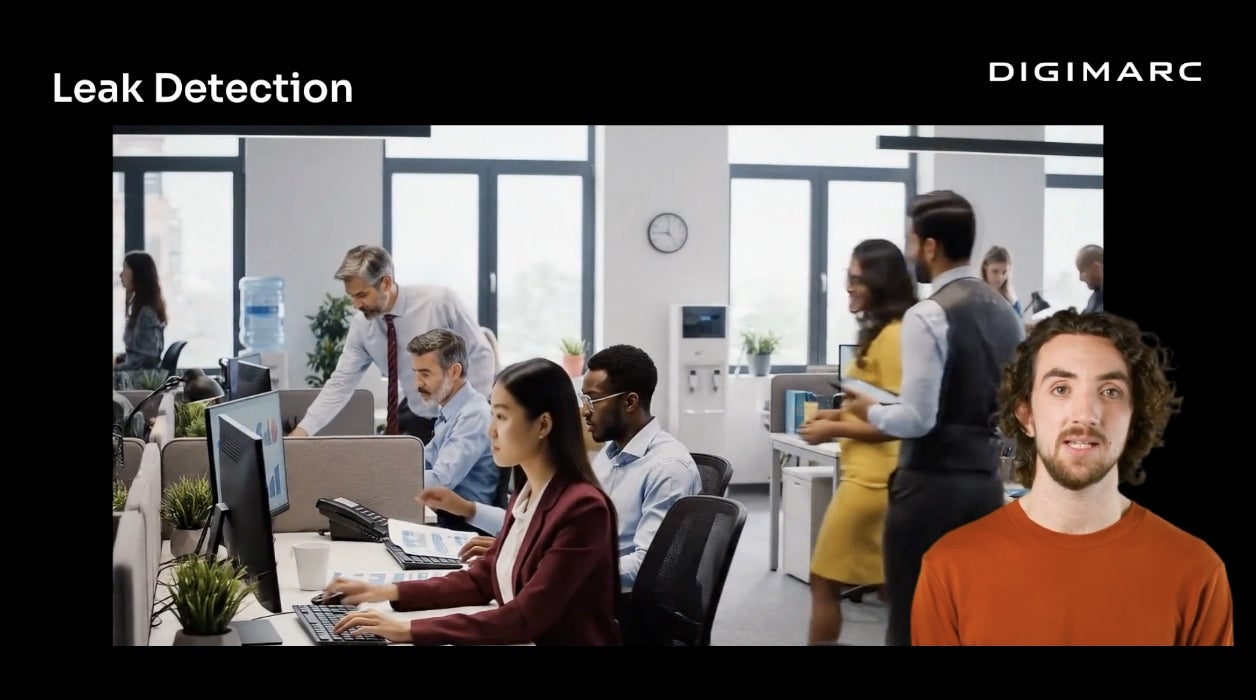Digital watermarks have grabbed the spotlight over the past 12-18 months since the rise of generative artificial intelligence (GenAI). And while the term has been named as a solution for copyright protection of digital assets and identifying synthetic media by the mainstream media, not all digital watermarks are equal.
Digimarc delivers the industry’s only digital watermark that can be trusted to identify and authenticate physical and digital assets with the speed, precision, and security required to address today’s complex challenges – from combating counterfeits and asserting copyright protections to modernizing existing processes, powering automations, and revolutionizing recycling sortation.
Here are five features of a modern digital watermark:
When considering adding digital watermarking technology, it’s important to understand how the process will fit within the existing workflow process, knowing it’s not advisable to change how the content is created and distributed. Disruption to existing processes and workflows can be a reason that a company delays the implementation of digital watermarks. “Workflow is king and changing it is not easy,” said Tony Rodriguez, chief technology officer at Digimarc, in a recent webinar. “It’s our job to understand how to work within those constraints and those needed, both creation and distribution channels. The technology can be distributed at scale, through a wide variety of distribution channels, whether it’s broadcast television, print, or digital displays. Understanding the realities of that channel and then how to optimize for that channel is the focus.”
Digital watermarks have been applied to a variety of use cases, ranging from recycling centers to the grocery store checkout lane. Here are some examples:
To learn more about modern digital watermarks, their capabilities across both digital and physical media, and their improved adaptability, watch this webinar, led by two of the world’s foremost digital watermarking experts: “5 Key Requirements for a Next-Generation Digital Watermark.”
